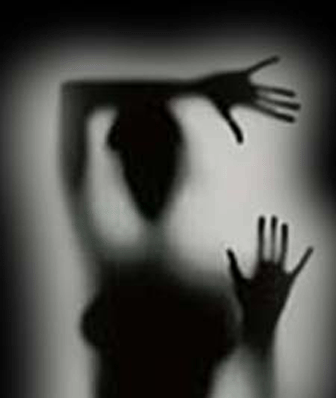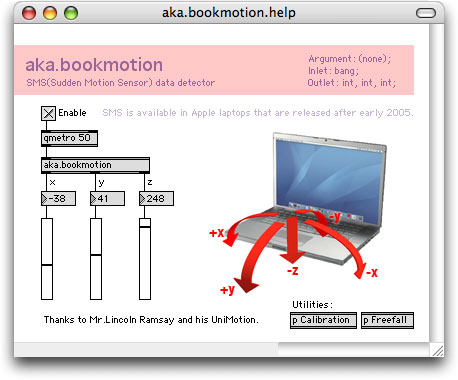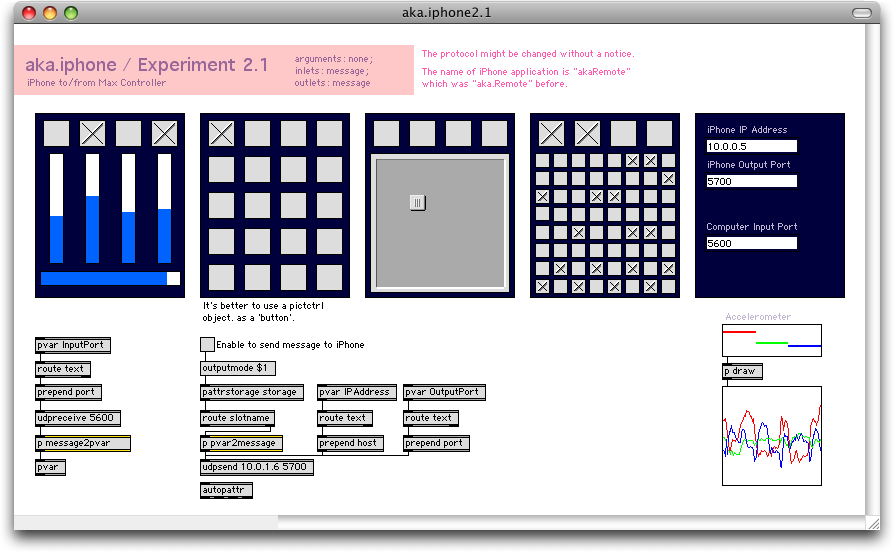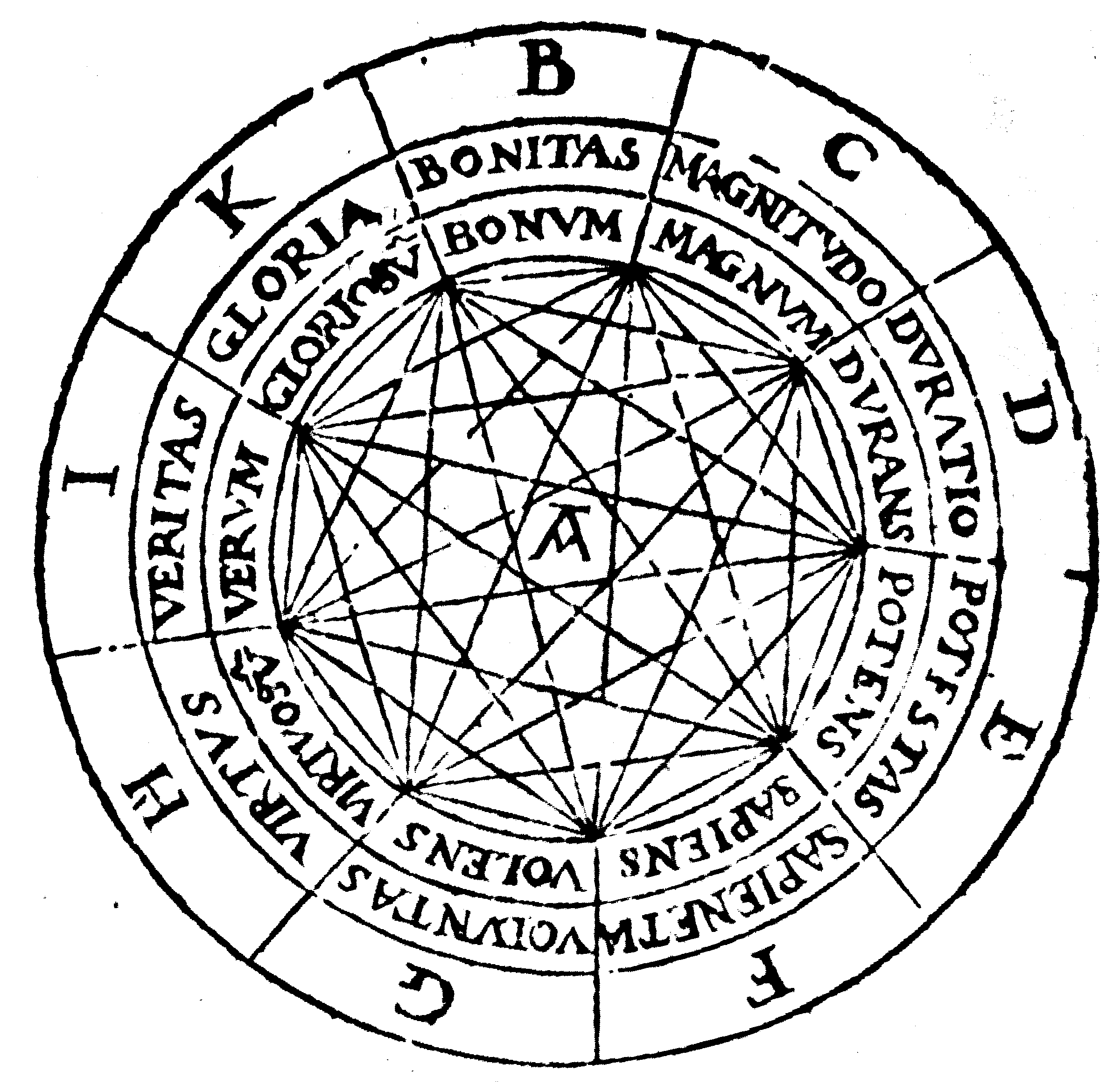Above is a video artifact from last year's version of the dance-grapher. Below is a written artifact to elaborate some of the ideas at work. Now that we are building the better/stronger/faster version of this machine it might be worth while to make sure you have wrapped your head around the project.
You should be able to
- imagine state-space
- understand still poses represent points in state-space
- understand movement represents paths in state-space
- understand a vocabulary of possible movement represents a surface in state-space
- sketch a movement graph and "walk" all of its paths
Dance is a space craft and space is complex. Physics gives us powerful abstract representations of space that can be useful in this navigation. The trick is to exploit dimensionality.
Consider the simple one dimensional system, a bead on a wire. We can use one number to track its position. In a three bead system we would need 3 numbers. The state of this system could be represented by a single point in a 3-D space where the x,y and z coordinates correspond to the position of each bead. By extension the state of a 10 bead system could be represented as a single point in a 10-D space.

Many articulated systems are modeled this way, including proteins, robotic assemblies, and the human body. A human skeleton’s position, orientation and articulation is reasonably approximated by a single point in a 90 dimensional space.
Here is a graph representing the articulation of the leg in a cyclic motion. The 3-D state space is constructed using coordinate axes to mark hip, leg and foot angles.

Idea 1:
At any instant, the physical state of a body can be represented by a point in a high dimensional abstract space. This is a state space.
Muscular, gravitational, structural, environmental and inertial forces accelerate the body through different states. In dancing, the body freely navigates the continuum of states, and over time, carves an extrusion of them. Back in state space, this extrusion maps to a line of connected state points. This line points forward in time; it is directed. This line has no breaks, says Zeno, since moving from one state/point to another means passing through all the states/points in between.
Idea 2:
The changing of a body’s state carves a directed path in state space. Here dancing is a form of path making, a line of flight in space.
We use maps to navigate this space. The study of dance is a kind abstract cartography. Places in space are identified and named. Standing upright is a place and the name of that place is first position. Whenever I come to first position, or move through first position, I use it as a landmark to get my bearings. I know many paths that come to that place and many paths that leave from it. It is well mapped and has many crossings.
Idea 3:
Learning to move is a form of cartography. Identifying places in state space gives us the capacity to know where we are and where we can go. We drop breadcrumbs as we dance, and like Hansel and Gretel, hope to find these crumbs again so that we might make our way through the forest.
We all dance in the same abstract space and collaborate in its mapping. Since no one person can inhabit all parts of this space we expand our understanding of it by reading the maps of others. Dance is a space craft and we navigate it collectively.
Algorithm: Tony Schultz
Dancers: Hadar Ahuvia, Ashley Byler, I’Nasha Crockett, Jessica Long, Erin Reck, Sarah Richison, Sarah Rosner and Lily Susskind.
Music: “Diss Location” by High Alert Status















